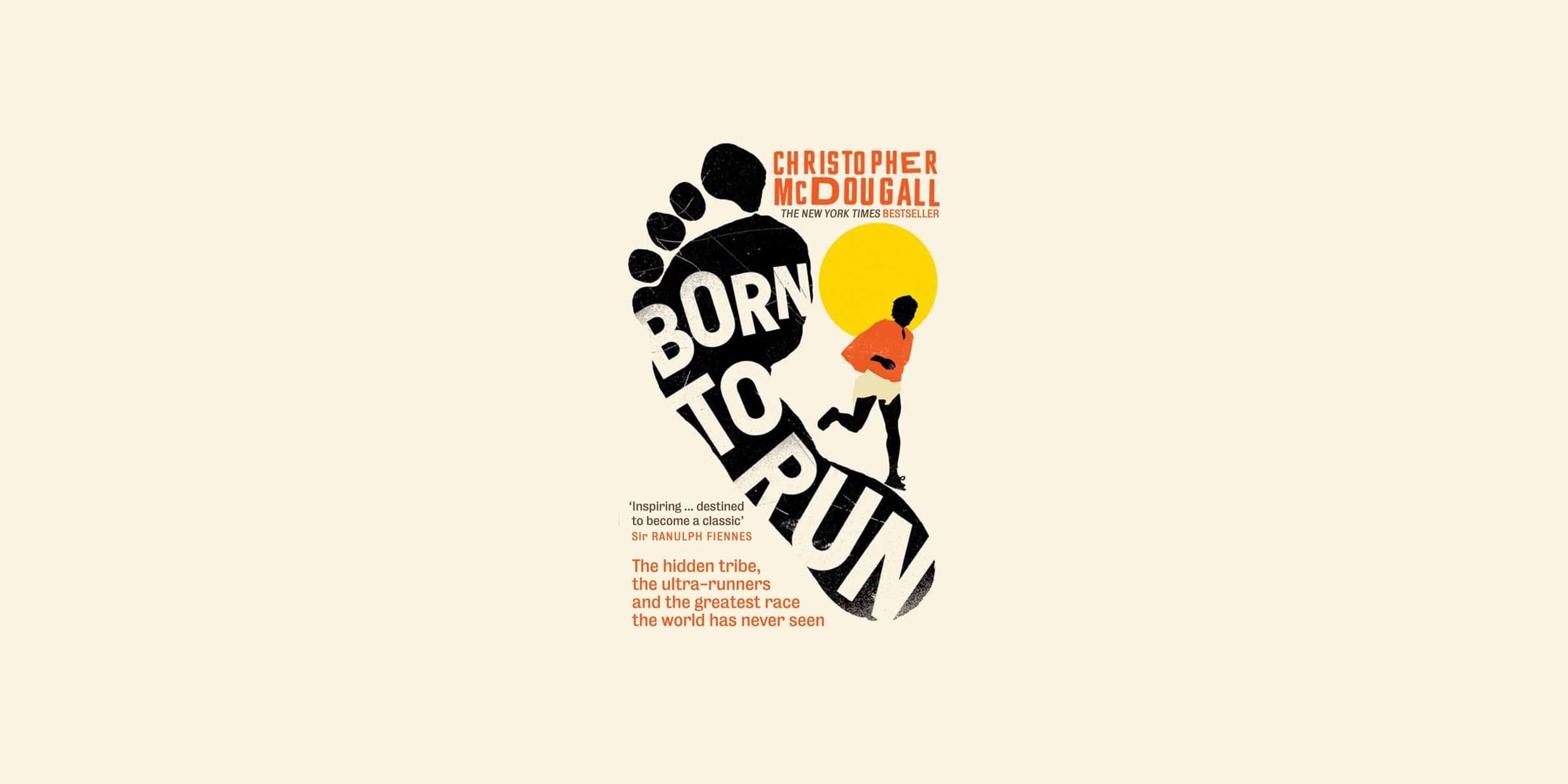Market Testing Your Idea – Part I of III
So you noticed something – something that was missing, or a problem people have that needs to be solved, or an idea whose time just seems to have come. It didn’t quite take over your mind but it didn’t quite leave you either.
You went about your life doing things you normally do. Then days and perhaps weeks after it surfaced into your consciousness, suddenly one day without warning, inspiration struck and you figured out a solution for it – “What if I…”.
A frenzy followed that. You studied the market and competition, you did some numbers, you tried to get into the user’s head and stay there. Innumerable sketches, ideas on design, ideas on marketing, sleepless nights filled with energy and you got it to the point where you had a basic product in your head, a decent idea of the competition and market, and probably some flowcharts, sketches and/or wireframes.
You now have a rough idea of who you are going to target, you have some idea on how you are going to market it, you are excited! You believe this will work. You believe this is a fantastic opportunity given your timing. You believe this will be big.
You believe?
“Darn! I actually don’t know if this will work!”
So before you bet your money, the next couple of years and what will seem like endlessly stressful days and nights; before you test your sanity and fill every corner of your mind with the effort it will take to realize your vision, you need to validate at least a few of your most critical assumptions. If it seems important and necessary, you’d be right on both counts.
While your experience of coming up with the idea for your product or service may not be exactly what I described above, the next step, which is market testing your idea is not just good practice, it is indispensable. You will need the data from this not just to understand the challenges your product will face, but also to make critical product and growth decisions, build support for the product, establish market proof, raise funding and establish processes needed to continuously improve the product and offering.
Without these, you may end up building an awesome product nobody uses, or worse, one you lose faith in. I’ve seen other founders go through this and also have myself. It is a painful experience and unfortunately happens more commonly with startups, than it perhaps should. In most cases, the founders do begin with a strong vision. But a vision is not enough to turn a great idea into a product or service successful in the market. It needs to be accompanied by tests that help guide your progress.
Before I jump into how you can go about this, let’s first cover what this article does not intend to do.
This article does not explain how you can manage your startup. It does not explain how you can raise funding. It does not try to show you how to put a comprehensive data-driven management framework in place for your startup. It speaks nothing of growth or how to gauge, direct or manage it. It does not explain how you can maintain a product roadmap for any period of time. It does not…well you get the idea. I will include some great resources which cover many of these topics in the last part of this article.
The intent of this article (as the title suggests) is straightforward, quite narrow and completely focused on understanding what kind of a market exists for your idea. My goal here is to help you distill your thoughts in getting your product off the ground, informed of the opportunities and risks, and most importantly in a manner that creates usable data on which you can base your decisions.
In order to demonstrate how we can put some of the more abstract ideas discussed into practice, I’ve created a fictitious case of Aria, an aspiring entrepreneur who as you’ll learn is trying to create a new kind of guitar.
Most of my experience comes from building software products and services, so there is bound to be a bias in the methods outlined here towards those kinds of products. But you should be able to apply these to any industry, as you will see in the case used here. This article draws heavily from the Lean Startup methodology, industry cases, and my experiences. I believe in experimenting to learn, constant improvement, and a healthy dose of skepticism. This article hopefully demonstrates all of these. Naturally, I’d appreciate any feedback on how I can make it more relevant and/or useful.
Onward!
Case
ARIA'SGUITAR
Aria works in a mobile phone company, loves music and has been playing the guitar since she was 12. One of her hobbies is building electric guitars from scratch, which she does for herself and her friends, which she has been doing for years now. While she has never built and sold electric guitars professionally, she has acquired a strong body of knowledge on how electric guitars work and how to build them to unlock different tones and sounds for different genres of music. The guitars she has built or modified for her friends are some of their most cherished possessions.
One day while working on her latest project – a guitar she was been putting together for the last couple of months, it struck her that she could replace one of the components, specifically the potentiometer with something completely different. Electric guitar technology has not changed in over 80 years. It consists of strings, magnetic pickups, and potentiometers. The strings make the sound, the pickups transmit this sound electrically and the potentiometers adjust the frequencies of this sound in order to create different tones. Potentiometers are very basic electric components that send certain electrical frequencies to ground, by changing the resistance in the circuit. This changes the tone that comes out of the guitar. Aria wondered if replacing the potentiometers with an electronic board would unlock a greater range of tones. Knowing a thing or two about electronics, she started experimenting and ended up building a guitar with a small battery-powered equalizer instead of tone controls.
She absolutely loved it!
The guitar gave her fine control over sound, making it very adaptable to any kind of music; and it didn’t compromise the signature sound of her guitar. By adjusting other parts(Strings, tremolo, tuning, etc) in conjunction with the new controls, she could make it produce a sound she wasn’t sure she had heard before. This single hack completely changed what the guitar could do. As she played with different settings and sounds, the music she played earlier sounded different now – it felt more visceral. When she played for her friends, they seemed to agree.
She never considered herself much of an artist, but she envisioned that in the hands of a talented musician, this guitar could make the kind of music nobody had heard before. Excited she made plans to get the guitar into the hands of a few artists she admired.
Aria was very active on music forums and online communities in general. Also, she knew quite a few artists as well as luthiers who were into custom guitars. She wondered if it would be possible to build and sell guitars like the one she had made, to make a business of it.
High-quality custom guitars typically cost over $1200. She wondered if she could price “The Aria” (It was a little vain, but it made for a great name for her guitar) at a premium over that and market it through custom guitar shops. She also wondered if she was better off just selling the equalizer component online, so hobbyists and luthiers could use it to build their own guitars.
TO BE CONTINUED..
Recent Posts
August 28, 2020
Born To Run by Christopher McDougall
This is the most inspiring book on running I’ve ever read. It is about the Tarahumara tribe (also…
July 17, 2020
Wait for it!
If you don’t see anything on this website, it’s probably because I am working furiously on my next…

